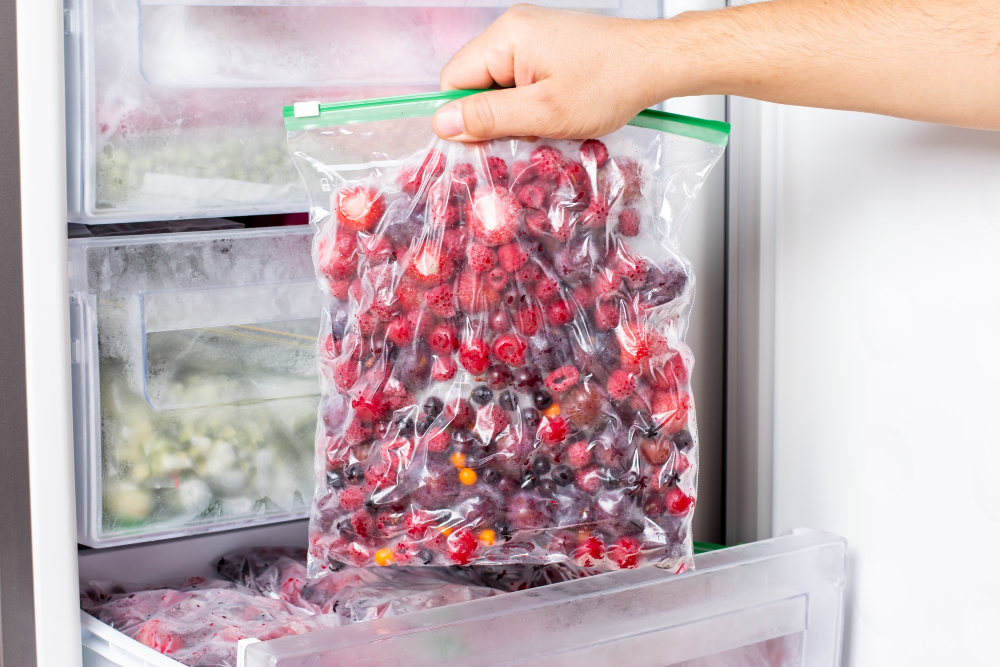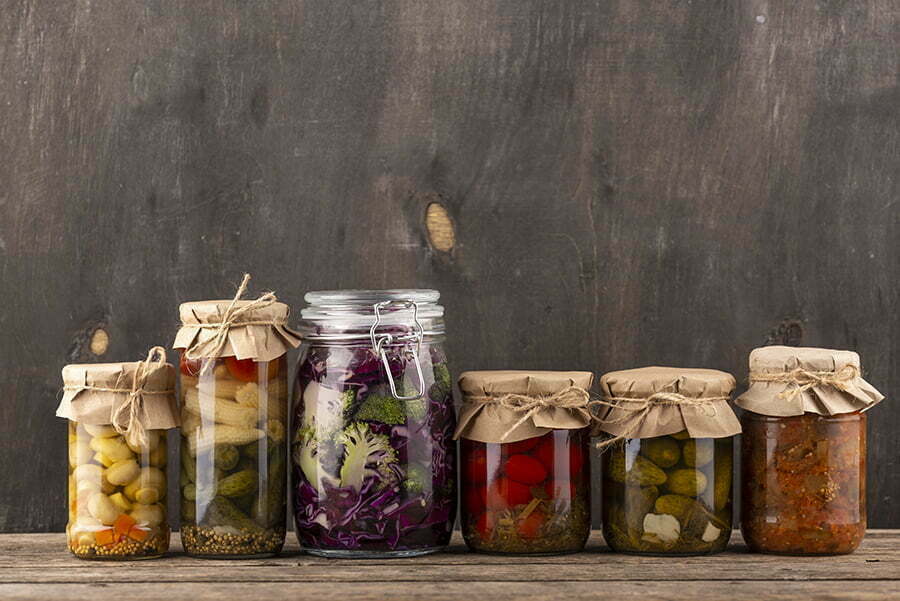Last updated on
Discover 20 innovative and eco-friendly alternatives to traditional freezers that will help you store your food efficiently while reducing energy consumption.
Are you tired of your freezer taking up valuable space in your kitchen? Or maybe you don’t have a freezer at all? Whatever the case may be, there are plenty of alternative storage options that can help keep your food fresh and organized without the need for a traditional freezer. In this article, we’ll explore 20 creative and budget-friendly ideas for storing food without a freezer.
From pantry staples to DIY solutions, these alternatives will not only save you space but also add some unique style to your home decor. So let’s dive in and discover new ways to keep our food fresh!
Ice Packs
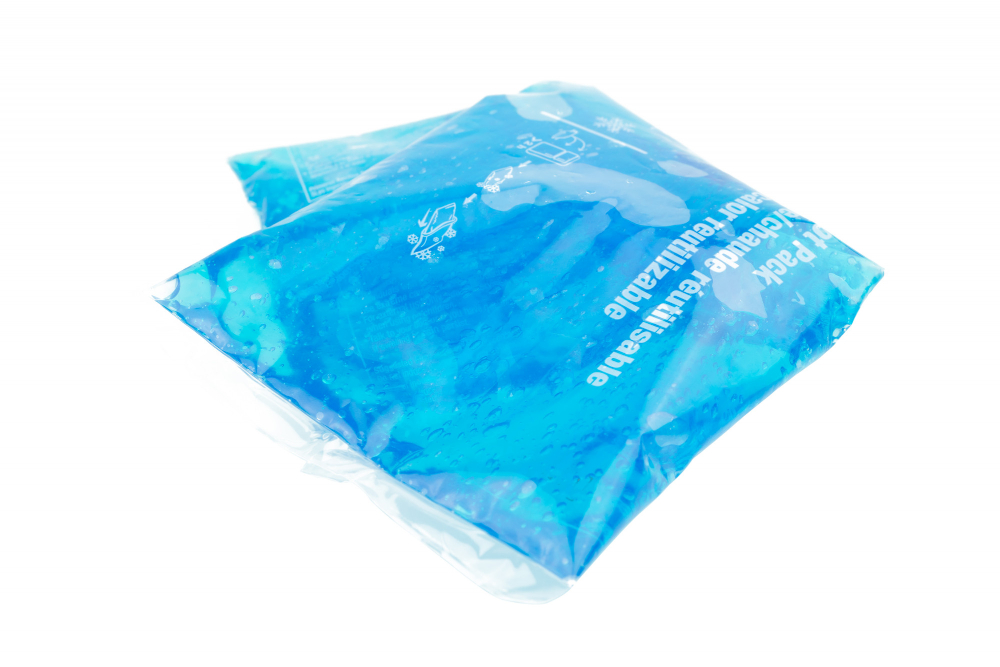
Ice packs are a great alternative to freezers, especially when it comes to keeping food and drinks cold on the go. They come in various sizes and shapes, from small ones that fit into lunch boxes to larger ones that can keep an entire cooler cool for hours.
Ice packs work by absorbing heat from their surroundings, which makes them ideal for use in insulated bags or containers. To use ice packs effectively, simply freeze them overnight before using them the next day.
They’re also reusable and easy to clean with soap and water once they’ve thawed out completely. Ice packs are a convenient way of keeping your food fresh without having access to a freezer or refrigerator all the time!
Cooler Bags
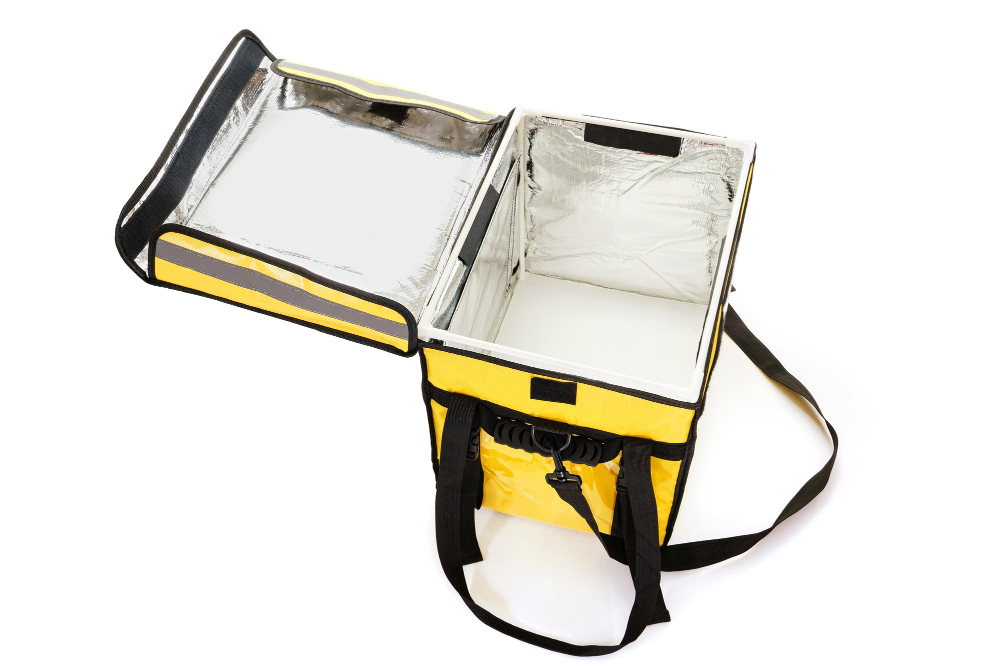
These insulated bags come in various sizes and designs, making them perfect for picnics, camping trips or even grocery shopping. They work by trapping cool air inside the bag and preventing warm air from entering.
When choosing a cooler bag, look for one with thick insulation material that can maintain low temperatures for an extended period. Some models also have additional features such as waterproof lining or adjustable straps for easy carrying.
To use a cooler bag effectively, pre-chill it before adding your items. You can do this by placing ice packs or frozen water bottles inside the empty bag overnight before packing it with your food and drinks in the morning.
Insulated Containers
These containers come in various sizes and shapes, from small lunch boxes to large coolers that can hold enough food for a family picnic. They work by trapping the cold air inside the container, keeping your items fresh and chilled.
One of the benefits of using insulated containers is their portability. You can take them with you on camping trips or picnics without worrying about electricity or finding ice packs.
Some models even come with wheels or straps for easy transportation.
Another advantage is that they are eco-friendly since they don’t require electricity like refrigerators do. This makes them an excellent option if you’re looking to reduce your carbon footprint while still enjoying chilled beverages and snacks.
When choosing an insulated container, look for one made from high-quality materials such as stainless steel or durable plastic that won’t crack easily under pressure. Also consider its insulation properties – thicker walls will keep things colder longer but may be heavier to carry around.
Vacuum Flasks
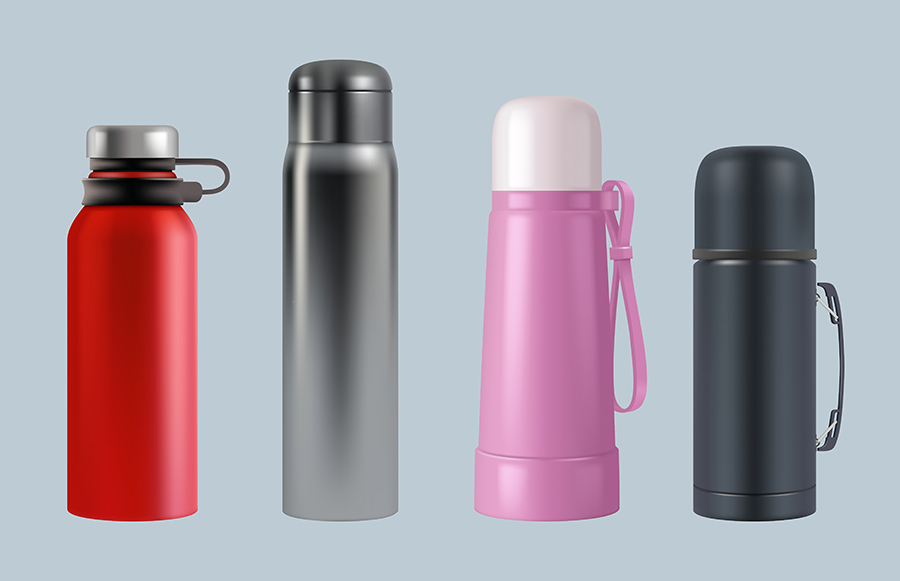
They work by creating a vacuum between two layers of insulated material, which helps to maintain the temperature inside. Vacuum flasks come in various sizes and shapes, making them perfect for storing everything from water bottles to soups and stews.
One of the benefits of using vacuum flasks is that they are portable, so you can take them with you wherever you go. This makes them ideal for picnics or long car journeys where access to a freezer may not be possible.
Another advantage is that they don’t require any electricity or batteries, making them an eco-friendly option compared to traditional refrigeration methods. Plus, since there’s no need for ice packs or gel packs like other alternatives on this list might require – it saves money in the long run!
Dry Ice Storage
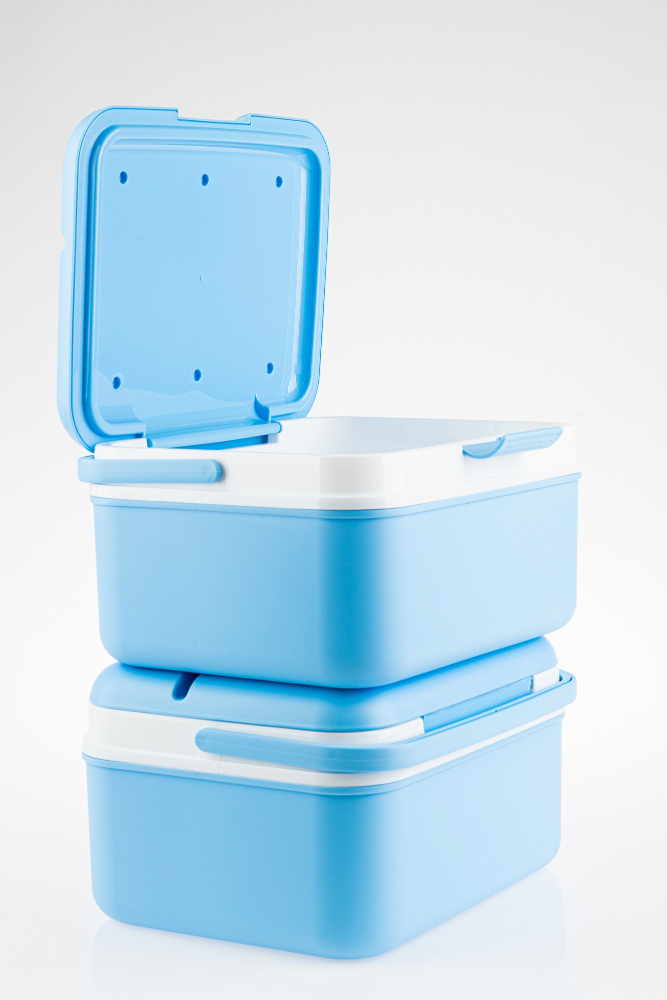
Dry ice is made of carbon dioxide and has a temperature of -109.3°F (-78.5°C), making it ideal for keeping food frozen without the need for electricity or a freezer unit. To use dry ice, simply wrap your food in newspaper or cloth and place it in an insulated container with the dry ice on top, ensuring that there’s enough space between the food and dry ice to allow air circulation.
It’s important to note that handling dry ice requires caution as direct contact can cause skin burns due to its extremely low temperature. Always wear gloves when handling it, avoid storing it in sealed containers as pressure buildup can occur, and ensure proper ventilation if using indoors since carbon dioxide gas will be released during sublimation (the process by which solid CO2 turns into gas).
Evaporative Cooling Pots
These pots work by using the natural process of evaporation to keep food and drinks cool. The pot is made up of two parts – an outer earthenware pot and an inner porous clay pot.
To use it, you simply soak the inner clay pot in water for a few minutes before placing it back into the outer earthenware container along with your food or drink items.
As water evaporates from the surface of the inner clay pot, heat energy is absorbed from its surroundings which results in cooling effect inside both containers. This method can keep your perishables fresh for up to three days without electricity or ice! Evaporative cooling pots are not only eco-friendly but also budget-friendly as they require minimal maintenance costs compared to traditional refrigeration methods.
Zeolite Coolers
They use a natural mineral called zeolite, which has the ability to absorb moisture and release it as heat. This process creates a cooling effect that can keep food and drinks cold for several hours without electricity or ice.
Zeolite coolers come in different sizes and shapes, from small portable units to large refrigerators for commercial use. They are ideal for camping trips, picnics, road trips or any outdoor activity where access to electricity is limited or unavailable.
Zeolite coolers are also eco-friendly since they don’t require any energy source other than the ambient air temperature around them making them an excellent choice if you’re looking for sustainable alternatives in your home decor choices!
Thermoelectric Coolers
They work by using the Peltier effect, which is when an electric current flows through two different conductors and creates a temperature difference between them. This temperature difference can be used to either heat or cool an object.
Thermoelectric coolers are portable and can be powered by batteries or electricity, making them perfect for camping trips or outdoor events. They also have no moving parts, so they require very little maintenance.
One downside of thermoelectric coolers is that they don’t get as cold as traditional freezers and may not keep food frozen for long periods of time. However, they’re still great for keeping drinks cold on hot days or storing perishable items like fruits and vegetables at a safe temperature.
Root Cellars
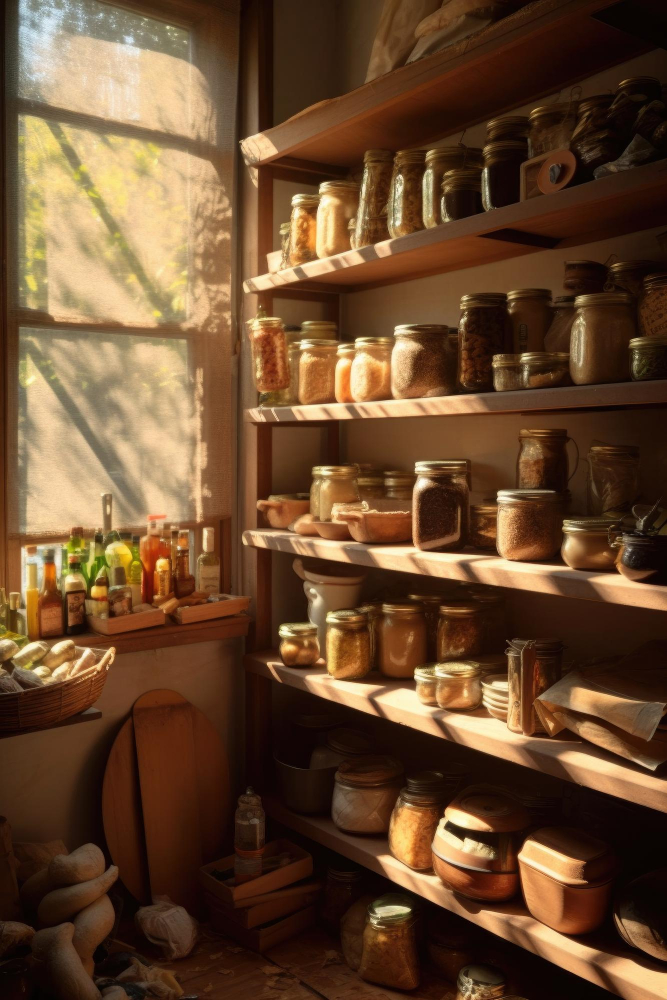
It’s an underground room or storage area that maintains a cool, constant temperature and humidity level throughout the year. Root cellars are perfect for storing fruits, vegetables, and other perishable items without using electricity.
To create your own root cellar, you’ll need to find a suitable location with good drainage and ventilation. You can dig out the space yourself or use an existing basement or crawl space if available.
The walls should be insulated with materials such as straw bales or foam board insulation to maintain consistent temperatures.
Once you have your root cellar set up, it’s important to monitor the temperature regularly to ensure it stays between 32-40°F (0-4°C) for optimal storage conditions.
Cold Water Baths

This method involves placing your food in an insulated container or bag, then submerging it in cold water. You can add ice cubes to the water for extra cooling power, but be sure not to let any of them come into direct contact with your food as this could cause damage or spoilage.
Cold water baths work best for short-term storage and are ideal for keeping drinks and perishable snacks fresh during outdoor activities like picnics or camping trips. Just remember to change out the cold water every few hours if you plan on using this method all day long!
Salt and Ice Mixture
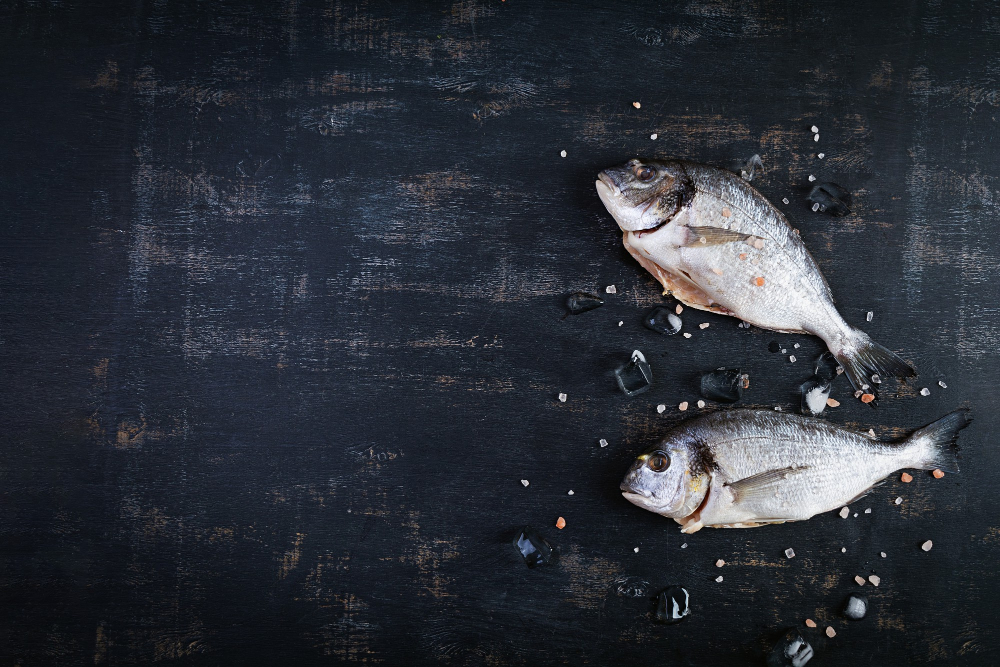
This method involves placing the food item in a container, covering it with ice, and then sprinkling salt over the top of the ice. The salt lowers the freezing point of water, causing it to melt more quickly than regular ice.
As this happens, heat is absorbed from the surrounding environment which cools down your food item.
This technique can be used for short-term storage or transportation of perishable goods such as fruits and vegetables or even drinks during outdoor events like picnics or camping trips. However, it’s important to note that this method may not work well in extremely hot temperatures as melting will occur faster leading to quicker spoilage of your stored items.
Frozen Gel Packs

They can be used for keeping food and drinks cold, as well as for medical purposes such as reducing swelling or relieving pain. Gel packs come in different sizes and shapes, making them versatile enough to fit into any container or bag.
They are also reusable, which makes them an eco-friendly option compared to disposable ice packs. To use frozen gel packs effectively, it is important to follow the manufacturer’s instructions on how long they need to be frozen before use and how often they should be replaced with fresh ones if being used for medical purposes.
Refrigerated Trucks

These trucks have built-in refrigeration units that keep the temperature inside at a constant level, ensuring that your food stays fresh and safe for consumption. Refrigerated trucks come in different sizes and can be rented or purchased depending on your needs.
They are commonly used by catering companies, restaurants, grocery stores, and farmers who need to transport their produce over long distances without compromising its quality. However, it’s worth noting that refrigerated truck rentals can be expensive compared to other freezer alternatives mentioned in this article if you only need them occasionally or for short periods of time.
Cryogenic Freezing
This method is commonly used in industrial settings, but it can also be used at home with the right equipment. Cryogenic freezing works by rapidly cooling food items to -196°C (-320°F) using liquid nitrogen or carbon dioxide.
One of the benefits of cryogenic freezing is that it preserves food quality and texture better than other methods like traditional freezer storage. However, this method requires specialized equipment and should only be attempted by those who are trained in its proper use.
If you’re interested in trying cryogenic freezing at home, there are companies that offer rental services for small-scale units.
Hydrocooling
This technique involves submerging the fruits or vegetables in cold water to remove field heat and reduce their temperature quickly. Hydrocooling can be done on a small scale, such as filling up your sink with cold water and ice cubes, or on a larger scale using hydrocoolers that are designed for commercial use.
One advantage of hydrocooling is that it helps preserve the quality and freshness of produce by reducing respiration rates, which slows down ripening processes. It also removes dirt and debris from the surface of fruits and vegetables.
Hydrocooled produce should be dried thoroughly before storage to prevent bacterial growth due to excess moisture. This method works best for items like leafy greens, berries, root crops like carrots or potatoes but may not work well for more delicate items like tomatoes or avocados.
Ice Houses
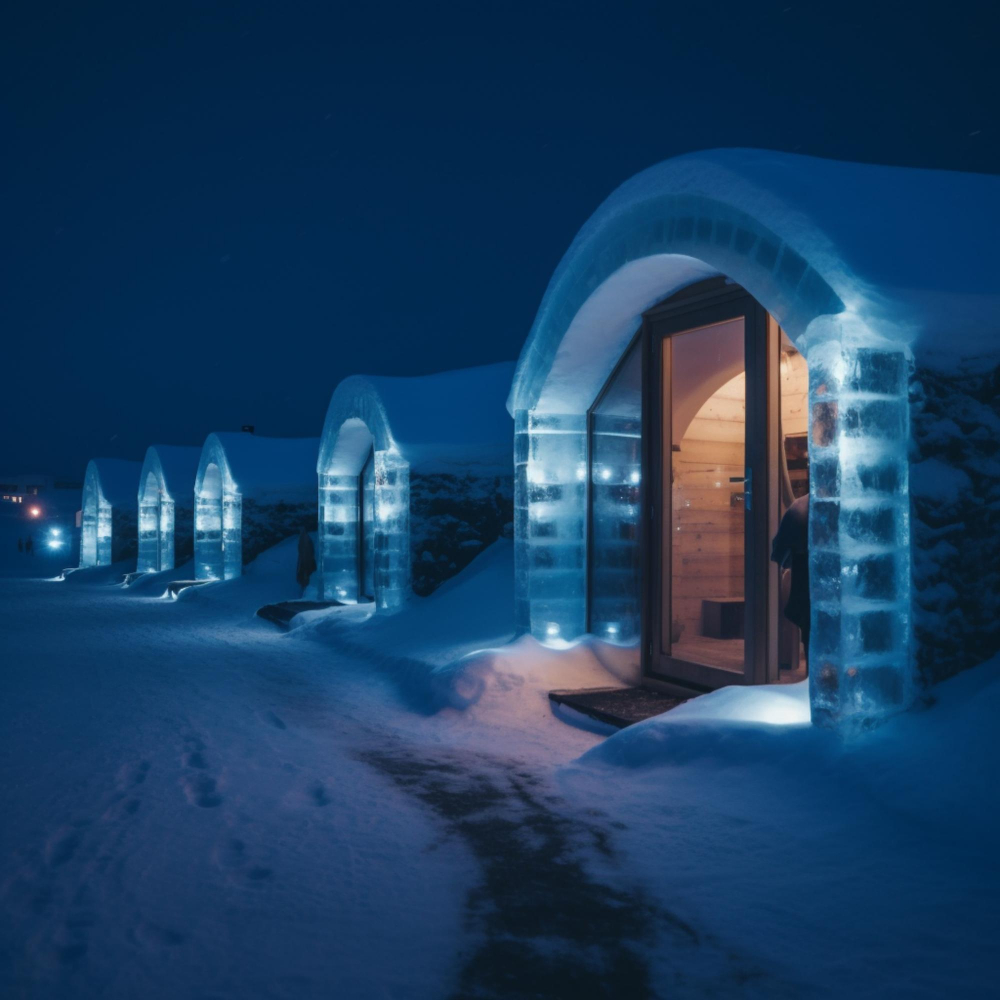
These structures were built with thick walls and insulation, often located near a body of water where ice could be harvested during winter months. The harvested ice was then stored in the house throughout the year, keeping food and drinks cool during warmer months.
While not as commonly used today due to modern refrigeration methods, some people still use this traditional method for storing large amounts of ice or creating an interesting historical feature on their property.
Air-conditioned Rooms
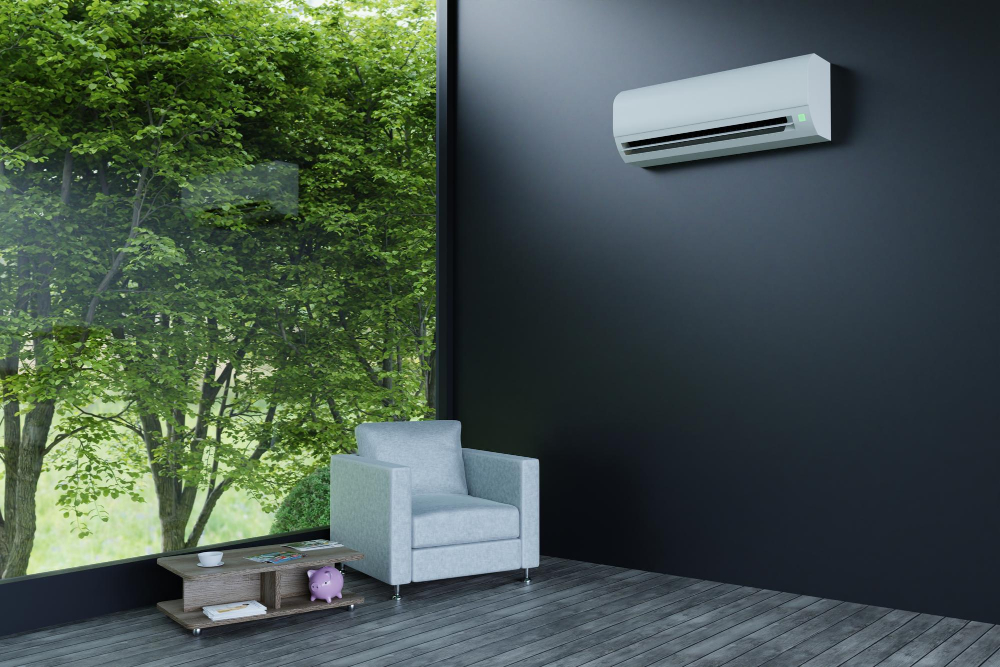
If you have an extra room that is not being used, consider turning it into a storage space for your perishable items. You can install an air conditioning unit or use a portable one to keep the temperature low enough to preserve food and other items.
This method may require some initial investment but can save you money in the long run by reducing your reliance on traditional refrigeration methods. This option allows you more control over the temperature of your stored goods than most conventional refrigerators or freezers would provide.
Eutectic Plates
These plates contain a solution that freezes at a specific temperature, which is lower than the freezing point of water. Once frozen, they can be placed in an insulated container or cooler bag along with your items that need to stay cool.
One of the benefits of using eutectic plates is that they don’t require electricity or any other power source. They can be charged by placing them in your freezer for several hours until fully frozen and ready for use.
Another advantage is their durability – eutectic plates are designed to withstand repeated use without losing their effectiveness. Plus, they come in various sizes and shapes so you can choose one that fits your needs best.
Water-filled Containers

All you need is a container that can hold water, such as plastic bottles or jugs, and fill it up with water. Place the container in the fridge for several hours until it’s chilled.
Once chilled, place your food items inside the container to keep them cool.
This method works because water has high thermal conductivity which means that it can absorb heat quickly from its surroundings. By placing your food items inside the cold water-filled containers, they will stay cooler for longer periods of time than if they were just placed on shelves in your fridge.
Another benefit of this method is that you can reuse these containers over and over again instead of buying disposable ice packs or gel packs which end up being costly in the long run.
Passive Solar Refrigeration
This method uses the sun’s energy to keep food cool, without any electricity or moving parts. To create a passive solar refrigerator, you will need a well-insulated box with a lid that can be opened and closed easily.
The box should have two compartments: one for storing food and another for holding ice or cold water.
To use this system, fill the bottom compartment with ice or cold water and place your food in the top compartment. The insulation of the box will help maintain low temperatures inside while sunlight heats up its exterior surface causing evaporation of moisture from wet towels wrapped around it which cools down air inside as it passes through them before entering into upper chamber where foods are stored.
This method works best in areas with plenty of sunshine but may not be suitable for regions experiencing extreme heatwaves or prolonged cloudy weather conditions. However, if used correctly, passive solar refrigeration can provide an effective way to store perishable items without relying on electricity consumption while reducing carbon footprint at home!
Recap
Liked this article? Here's what you can read next:


